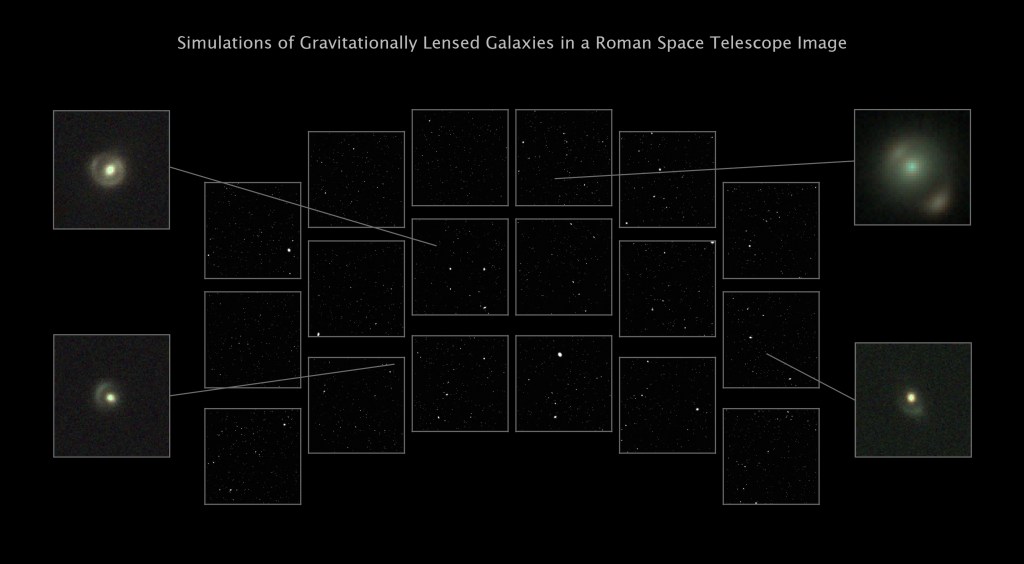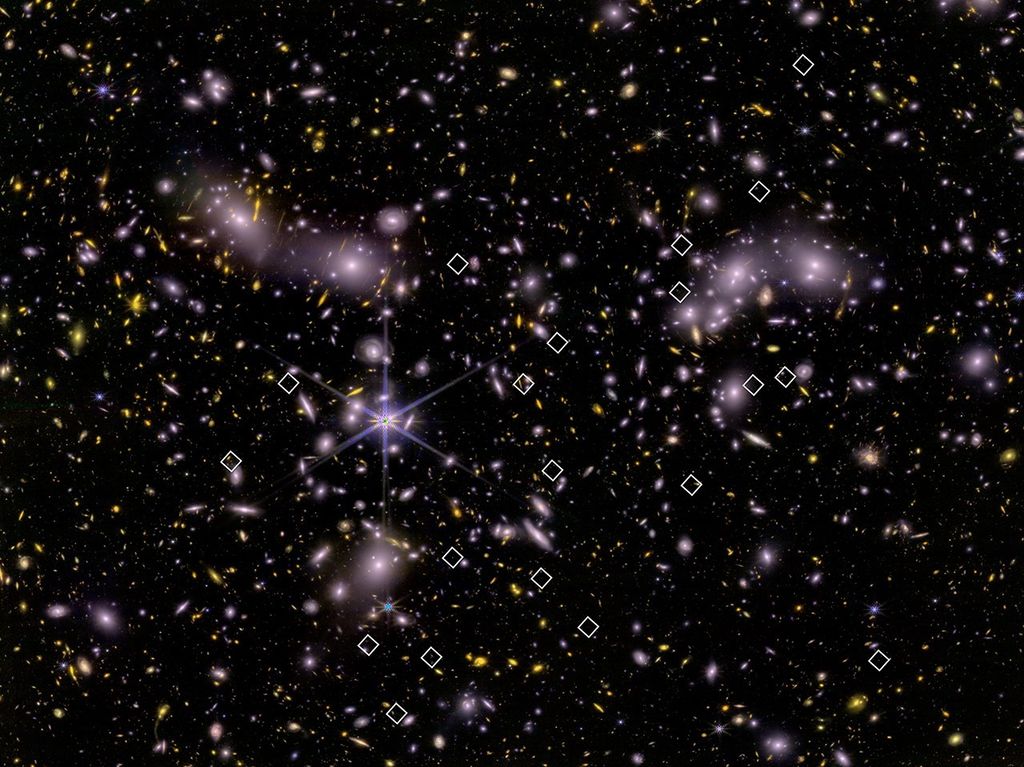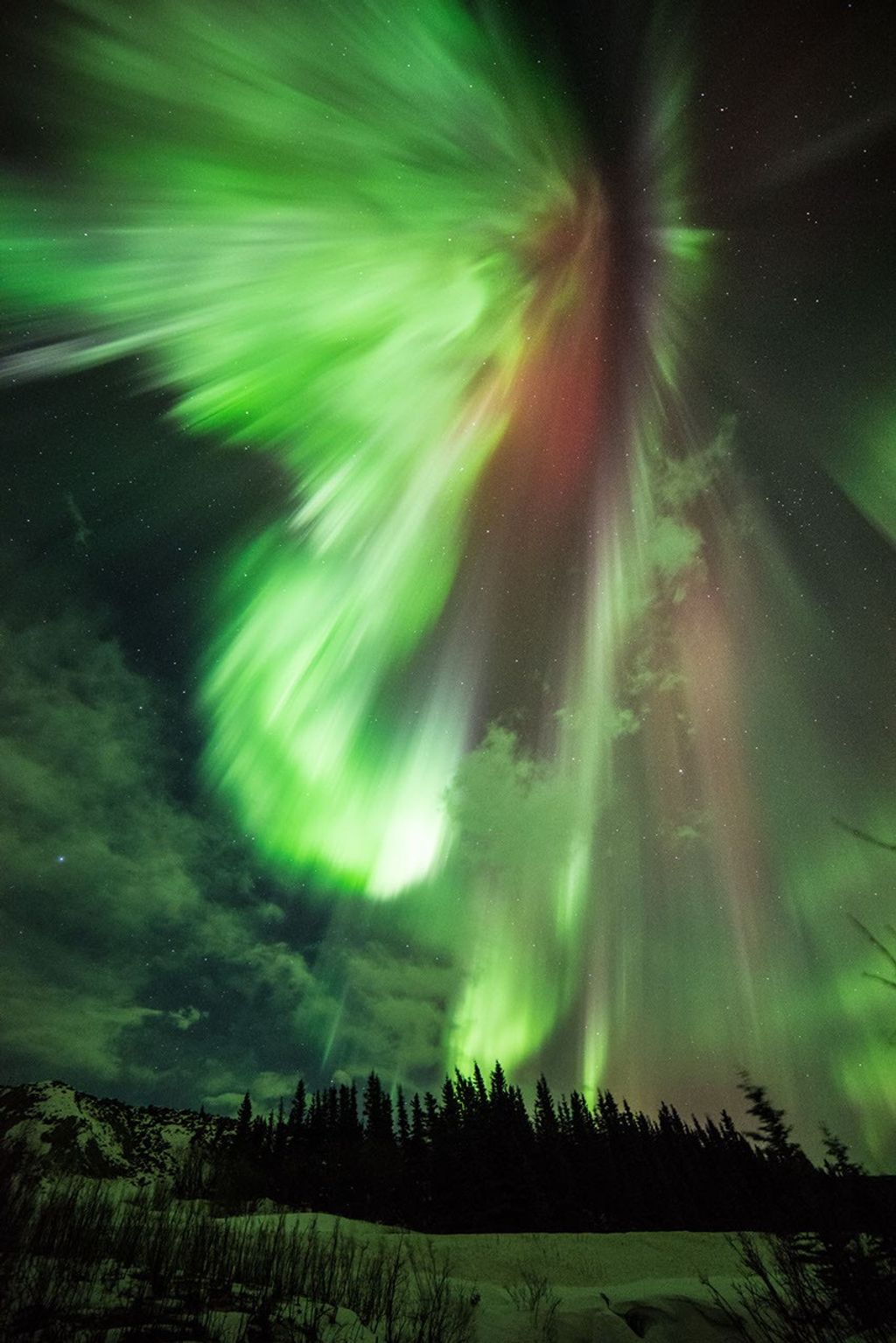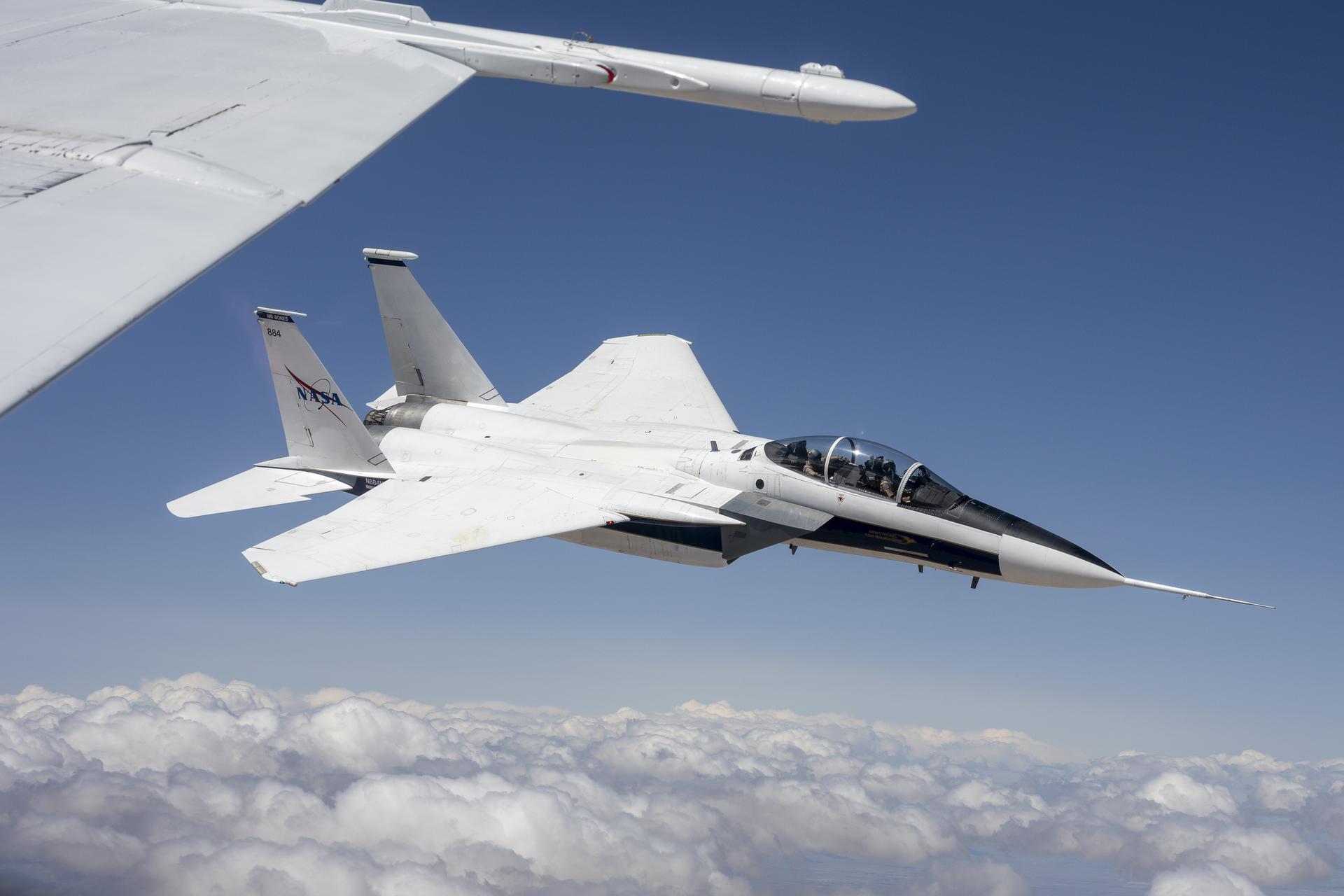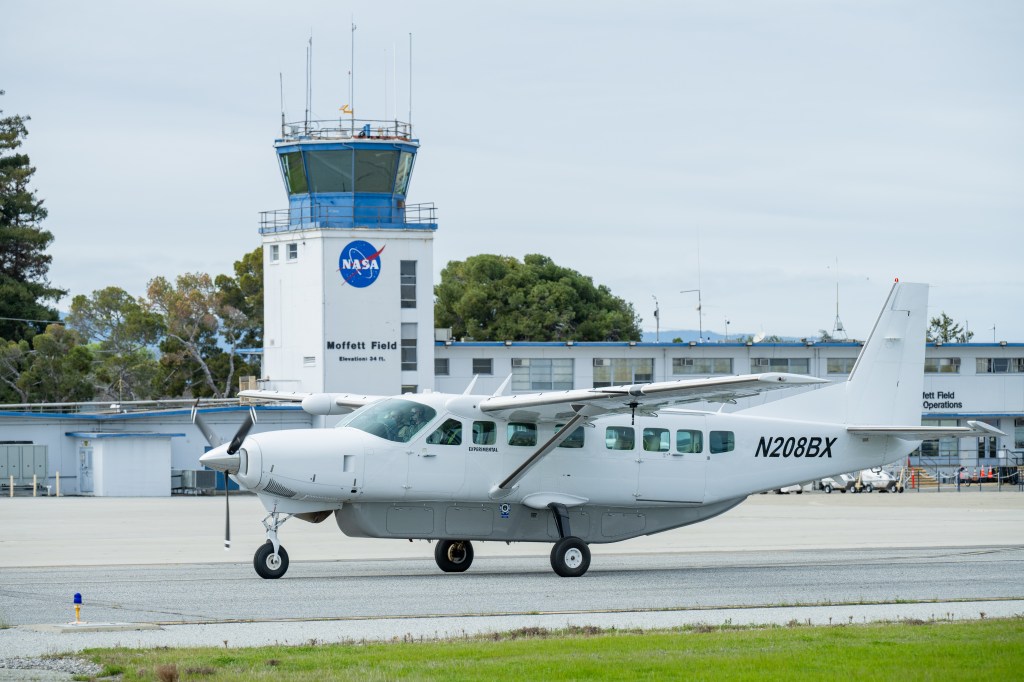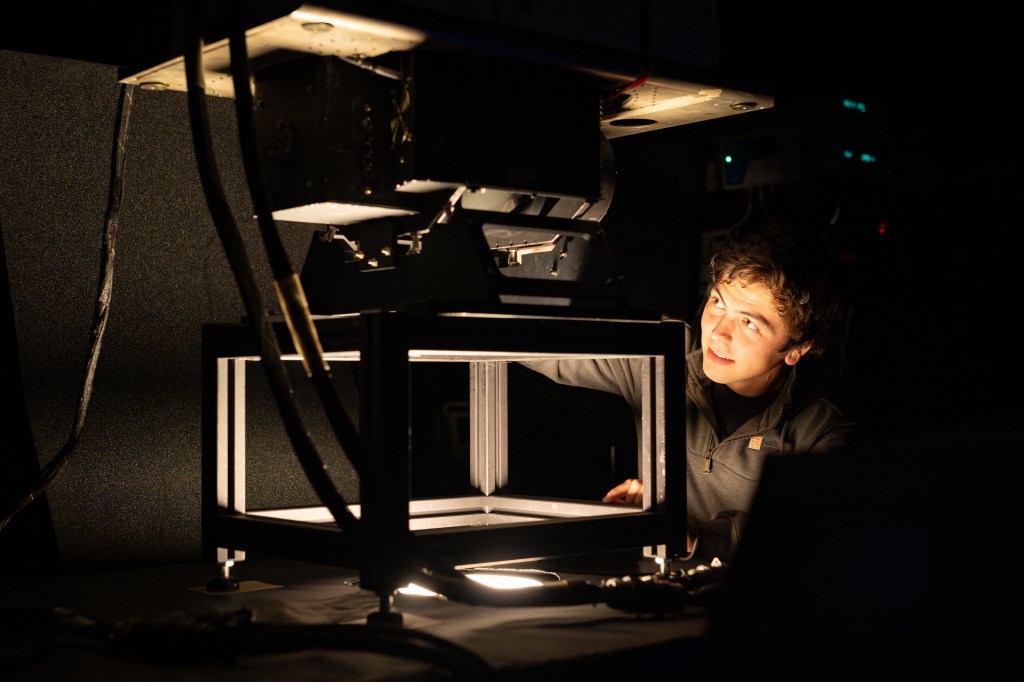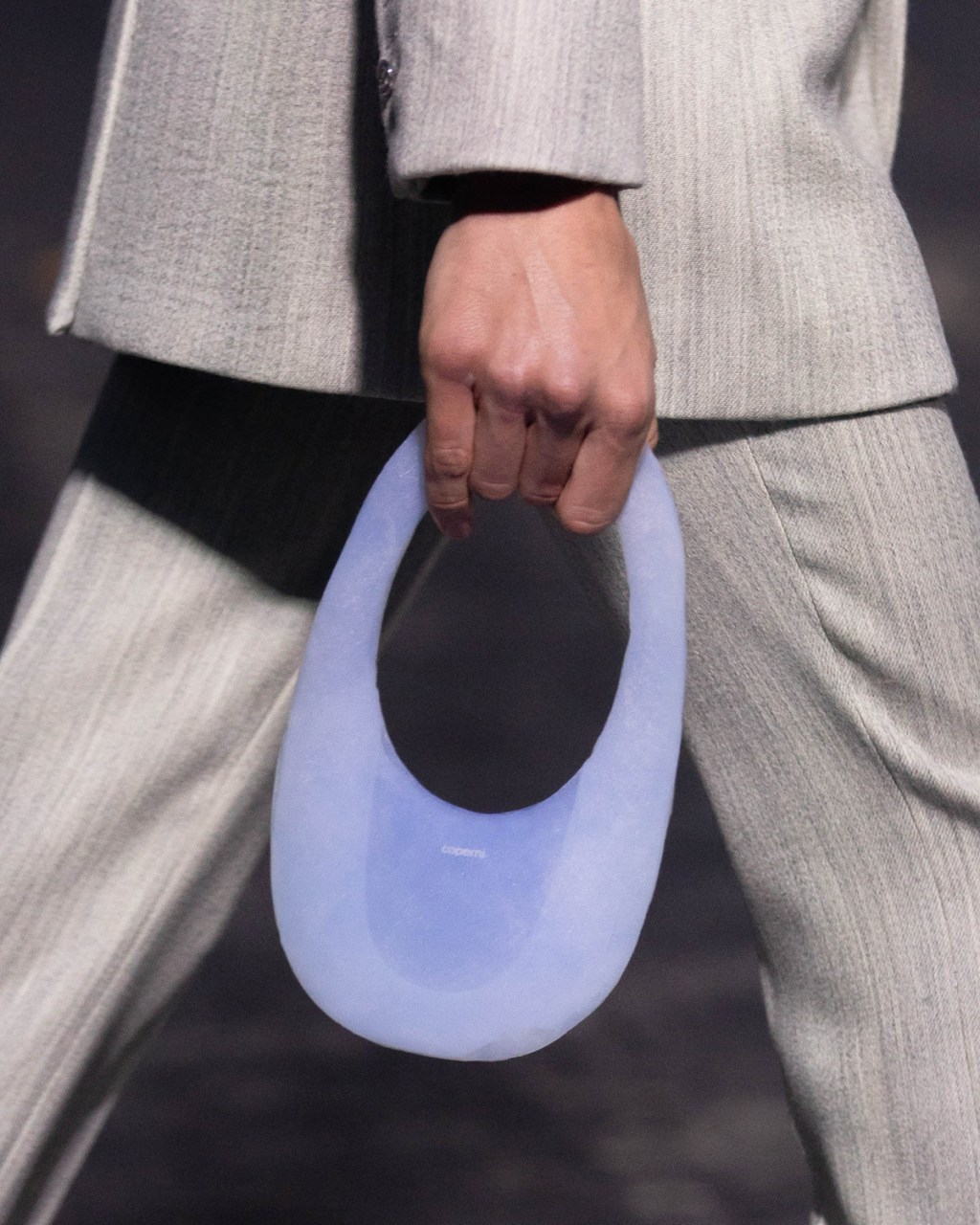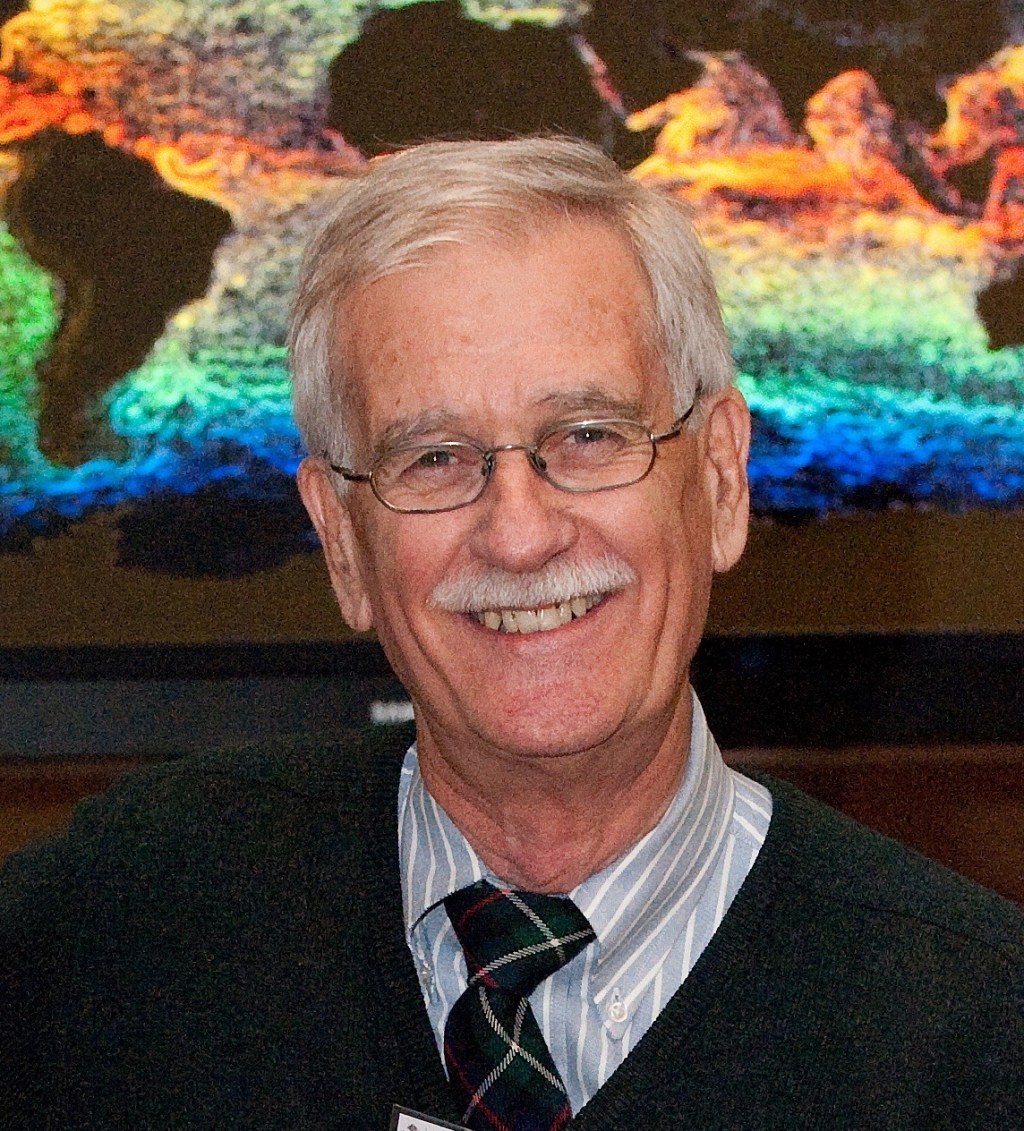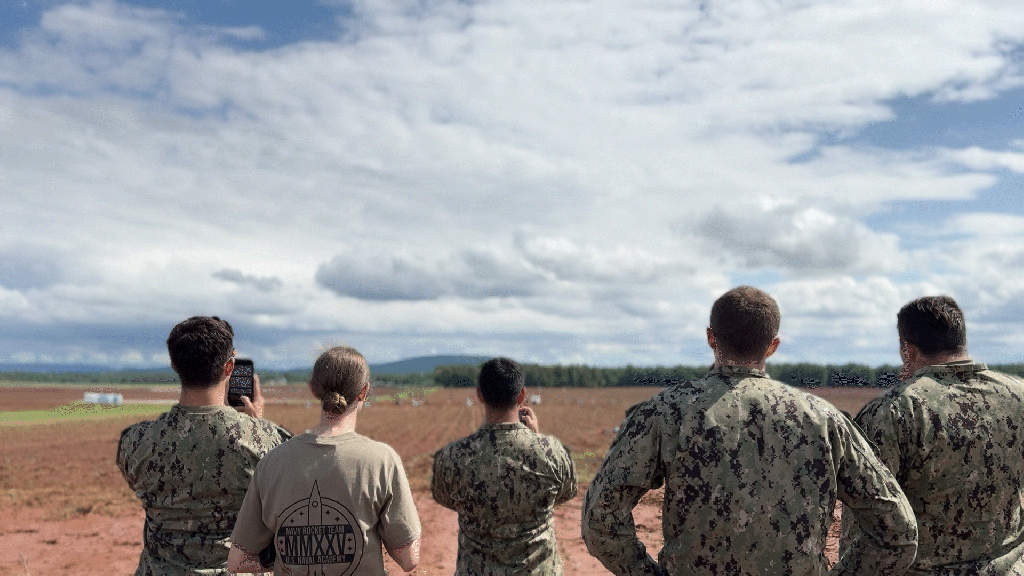Rover Road Trip
| Language |
|
|---|
Getting a head start on summer, Curiosity is planning a road trip to Logan's Pass on Mars. Just like Earthlings, the rover relies on a highway map and takes scenic detours along the way.
TRANSCRIPT
Hi I’m Erisa Hines, one of Curiosity’s rover planners and this is your Curiosity Rover Report.
Imagine you’re about to take a road trip and you want to travel from, let’s say Atlanta, Georgia to Los Angeles, and you have a week to get there.
Well, you have to decide what roads you want to take and what stops you might make along the way -- What things are most important for you to visit.
Curiosity has a similar situation.
Here’s a zoomed out picture of where we are at Gale Crater.
Parump Hills is up here at the top of the map and eventually we have to cross over the Bagnold Dunes at this area and get across to the clay and hematite ridge that we want to study at the base of Mount Sharp.
One of my jobs as part of the strategic route planning group is to use the orbital data that we have available to help find routes that are safe for Curiosity to traverse, and allow the scientists to visit the places they find interesting.
From there the strategic route planning group developed a series of routes that we could review to find what we thought the best routes were through the corridor.
On the highway map you can see two different colors of routes.
The white routes are the routes that the strategic group believes are the best for Curiosity’s wheels.
The black routes provide other options that allow the science team to get into more rugged terrain that we still think is safe and traverseble for the rover.
The science team decided after exiting Parumph that the next place they really wanted to go was Logan Pass. So that allowed us to take the white route that we’ve now called the Lewis and Clark Trail.
This red dot on the map represents our first opportunity to get a really good view of the southern region. So we stopped to take a really nice mast cam mosaic of that area
What make’s Logan’s Pass really interesting is apparent in this Mastcam image.
You can see two distinct layers that come in contact with one another here at Logan Pass.
The bottom layer being the Murray Formation and the top layer being what we call Washboard that’s been identified from the orbital imagery.
After spending some time studying Logan Pass, Curiosity will get back on the Lewis and Clark Trail and head on down the road to it’s next destination.
This has been your Curiosity Rover Report. Check back for more updates.

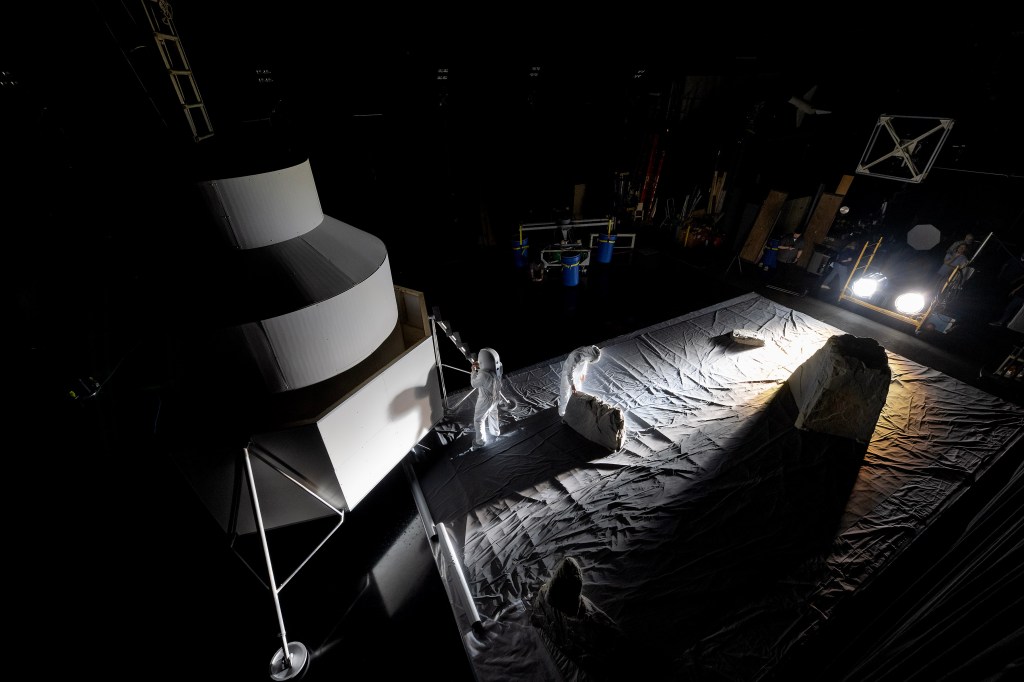
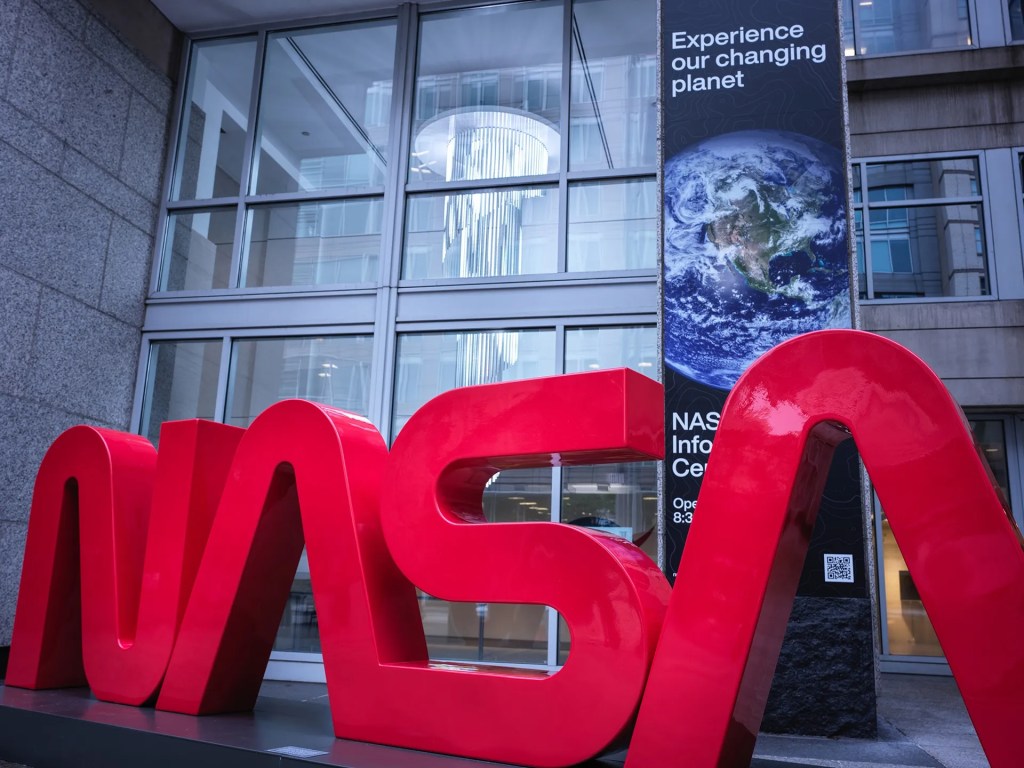
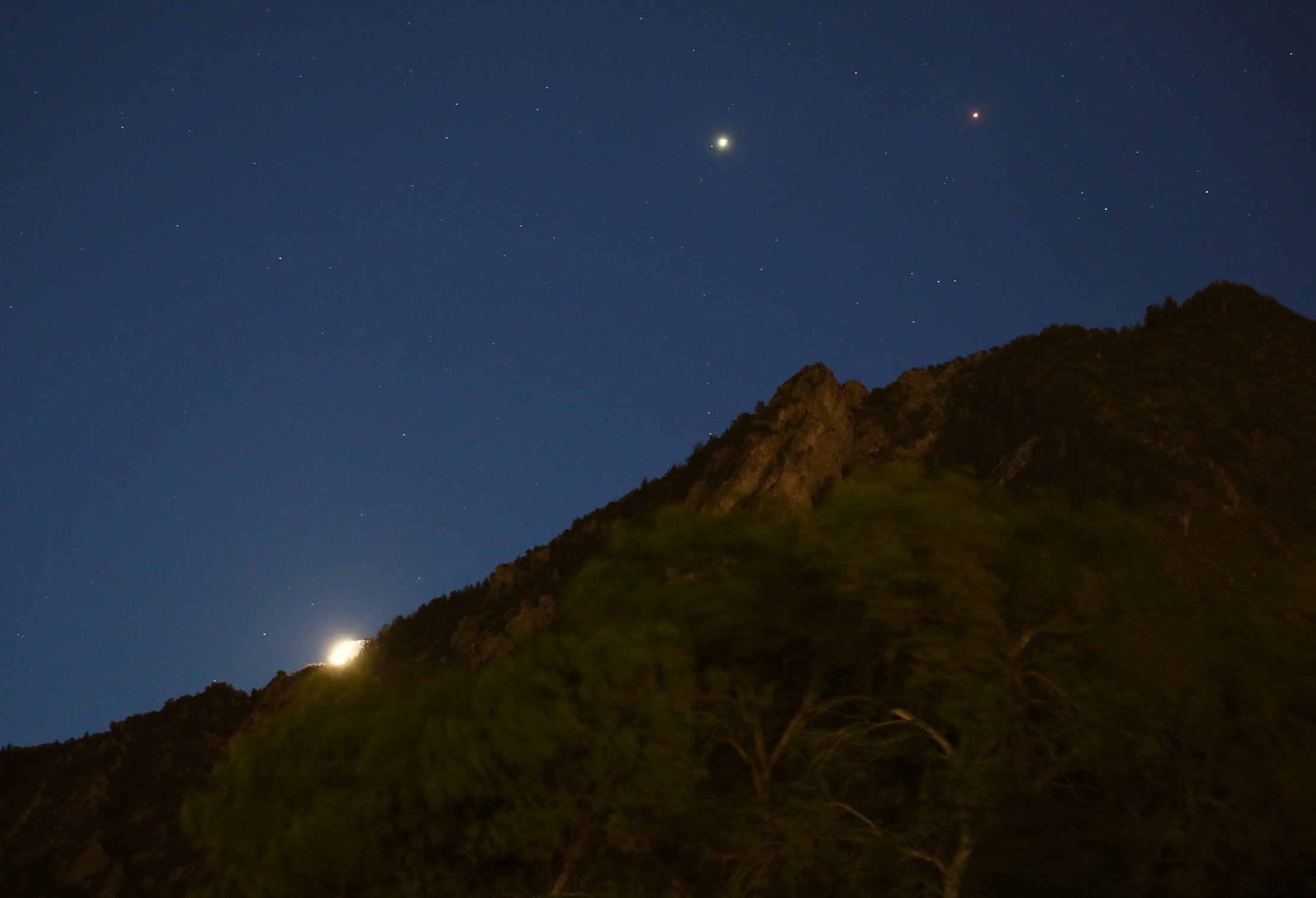


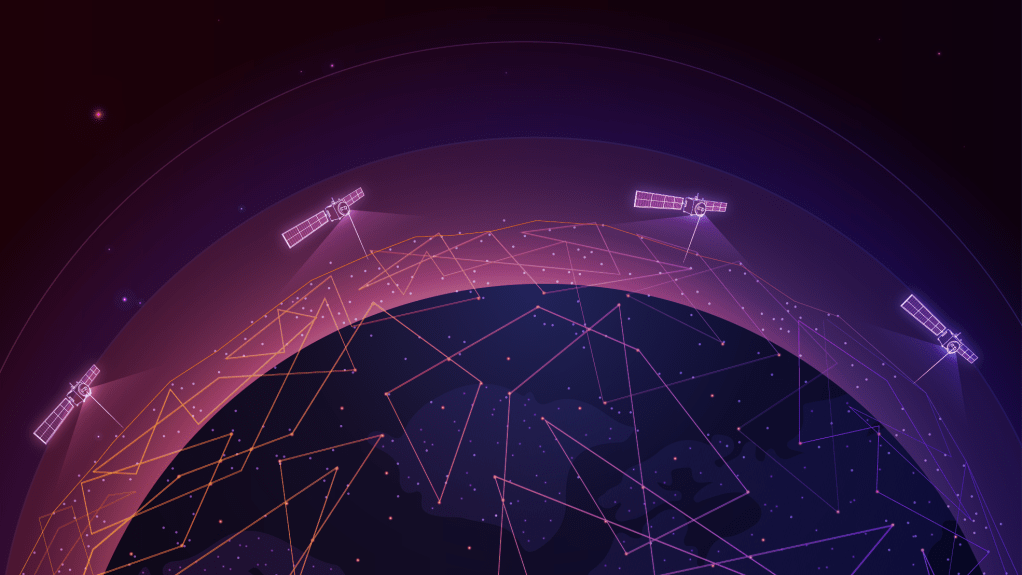


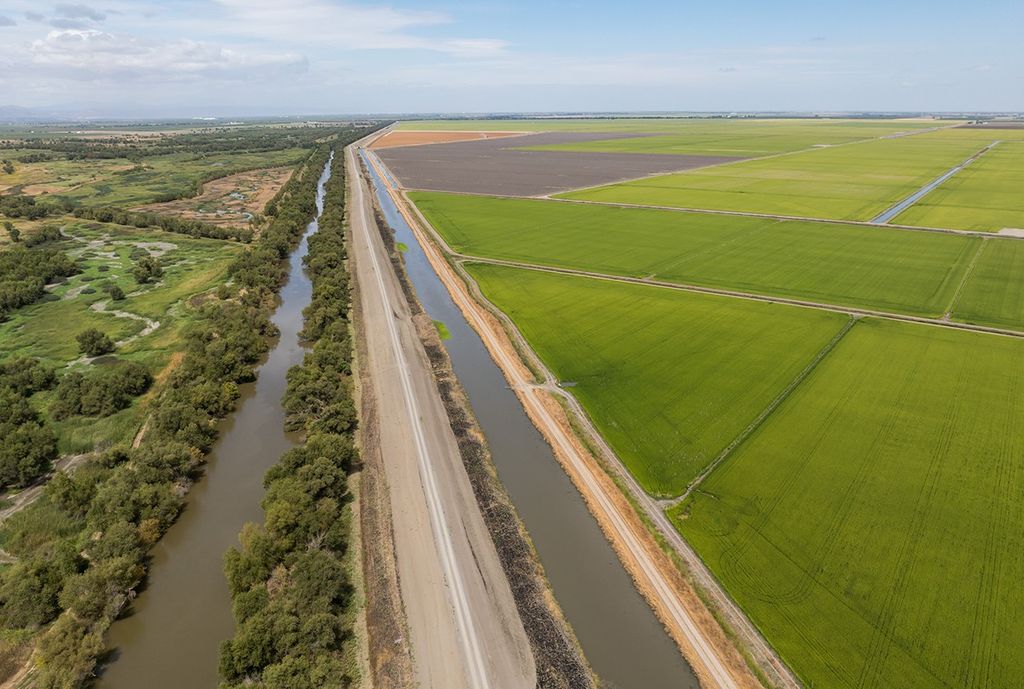
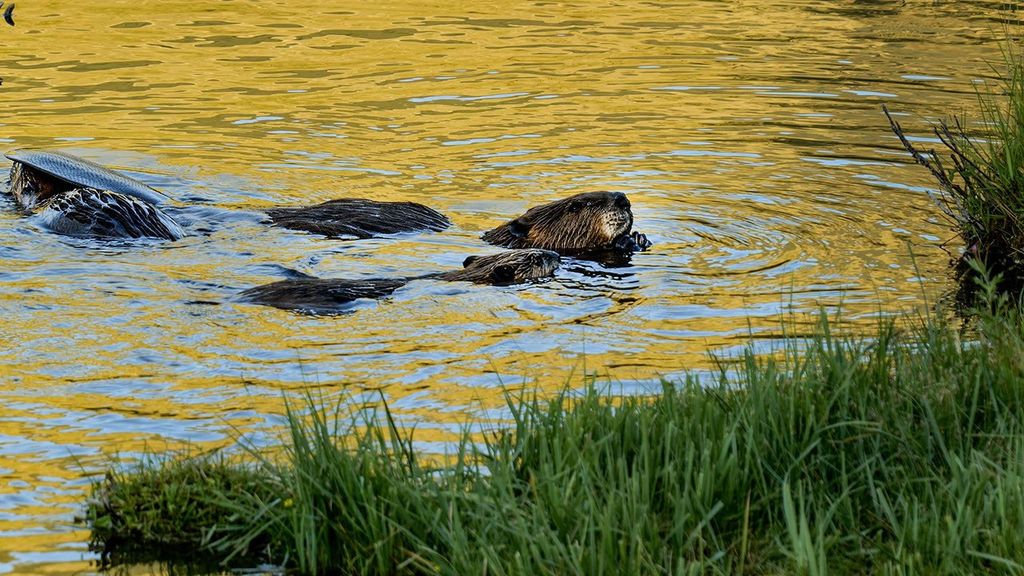
.jpg?w=1024)


